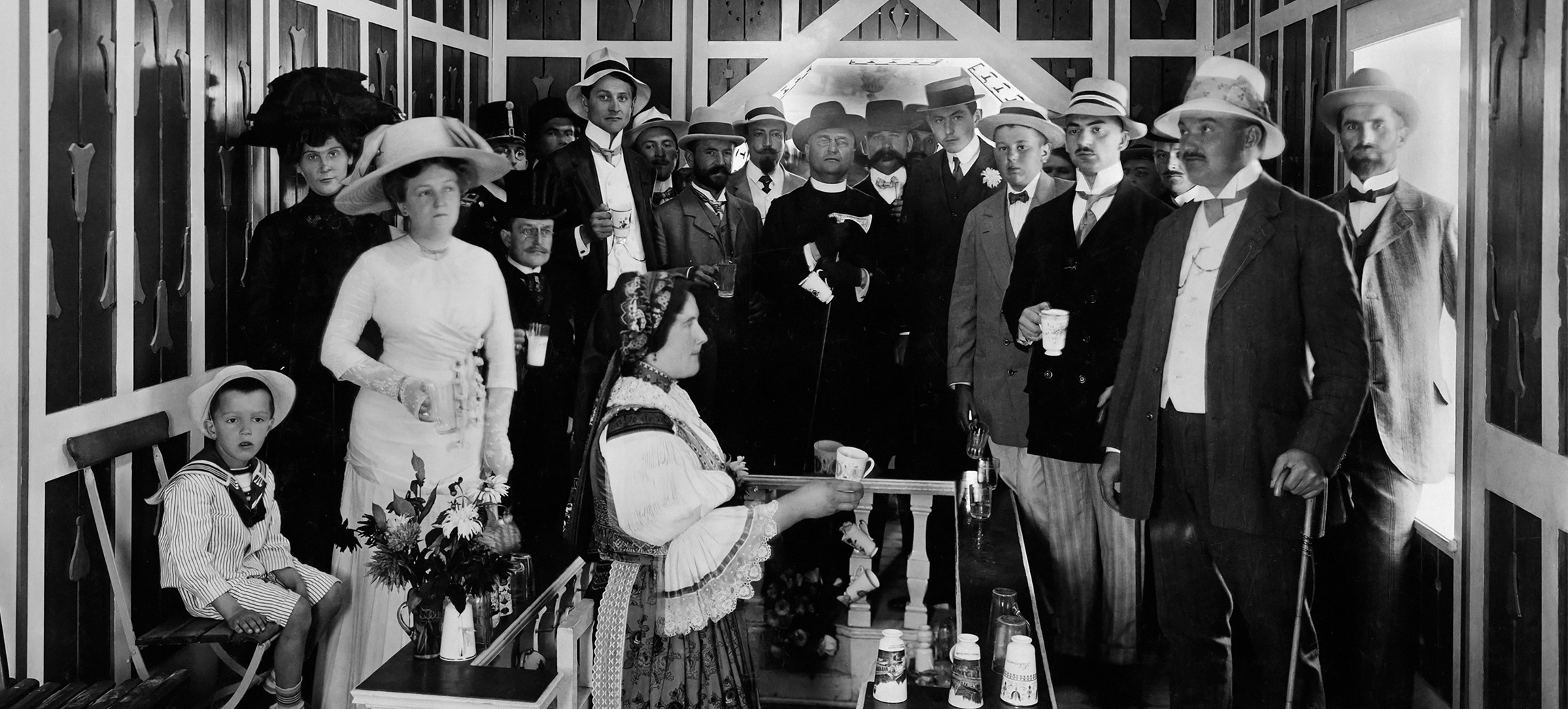
The history of the medicinal source dates back to the time when dinosaurs inhabited the earth.
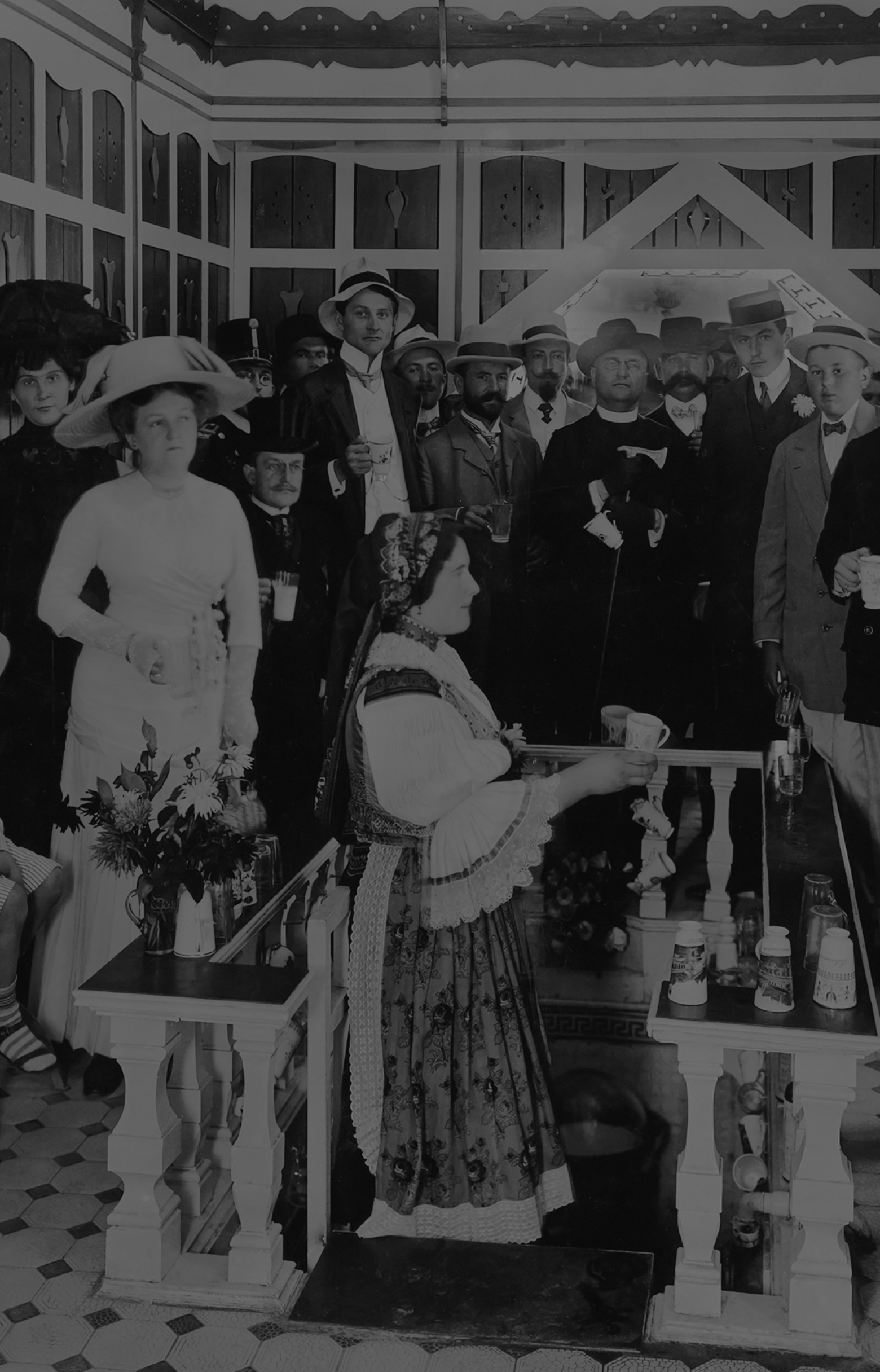
The magic natural release of this unique mineral water from a curative source at Luhačovice began in late Tertiary when the Earth was inhabited by dinosaurs. This place was later a cave with settlement of ice age hunters, and younger archaeological findings reveal presence of stone age farmers. Archaeologists believe that people were able to use mineral springs already then. The story continues until the present days.
Beginning in 1669 to the present day
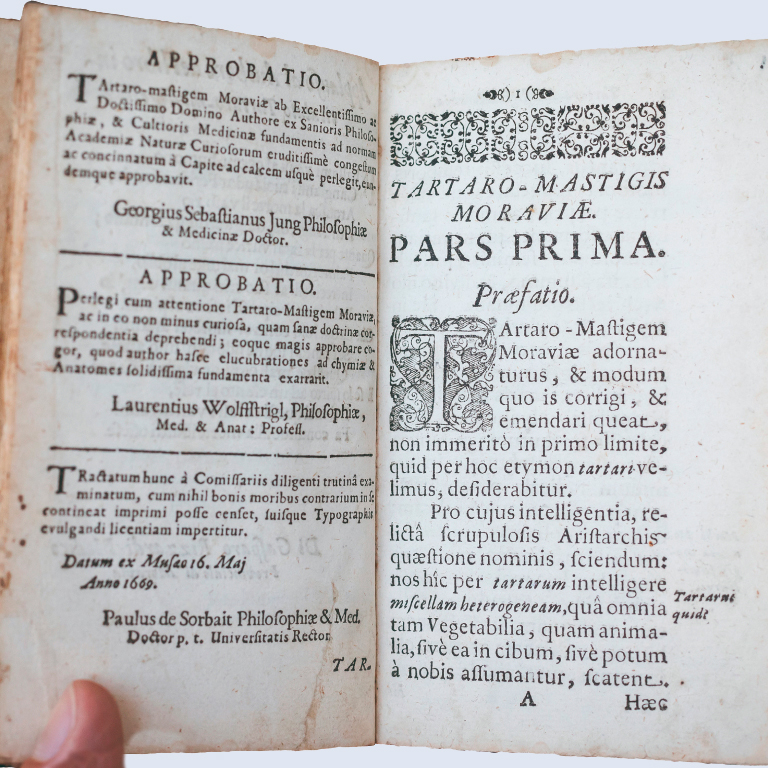
First written mention of the salty mineral water of Luhačovice
Jan Ferdinand Hertod in his Latin script called Tartaro-Mastix Moraviae (Tartar Mastic of Moravia), issued in Brno, analyses curative effects of the salty mineral water of Luhačovice. In response to Hertod´s account Count Andrew Serényi had the main spring at the foothills of Velká Kamenná adapted to the current Vincentka spring.
1777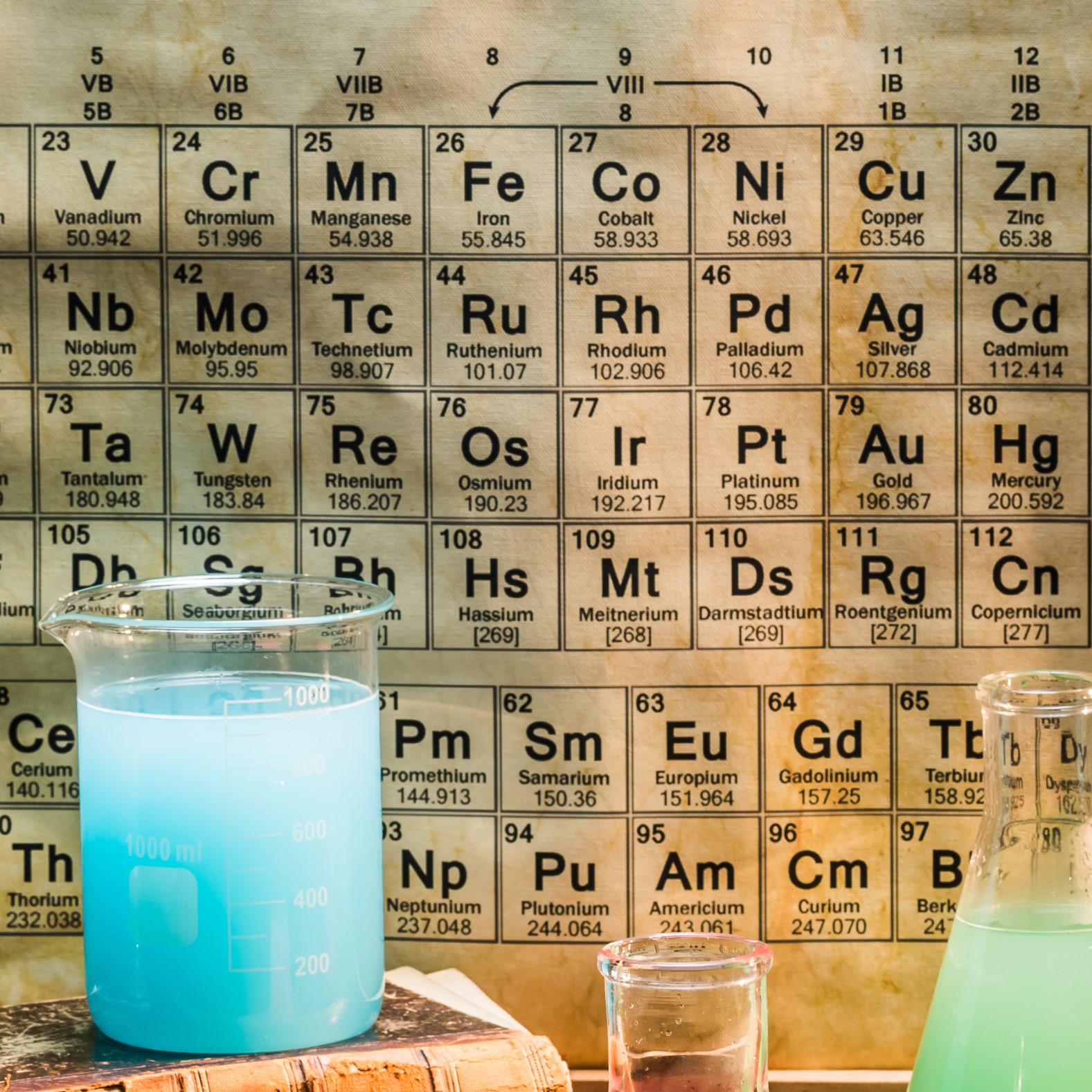
First chemical analysis
The professor of chemistry and medicine doctor of Vienna Heinrich Johann von Crantz performed the first detailed chemical analysis of the mineral water composition in the context of his research project called Curative Springs in Austrian Monarchy. He proved that the Luhačovice mineral water was 3times more mineralised than the Selter mineral water, then the recognised best mineral water of Austria.
1669 1790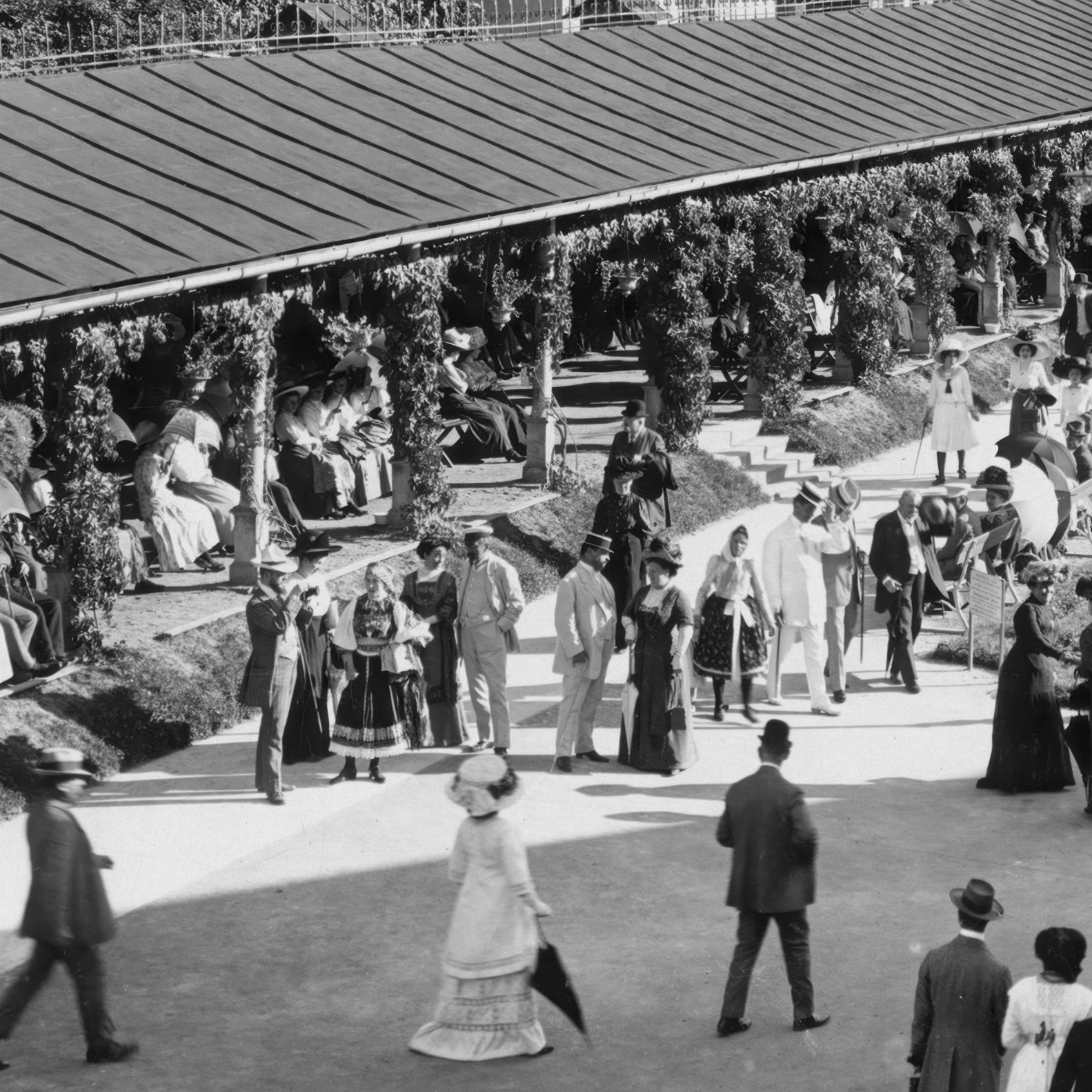
The main spring called Vincentka
Count Vincenc Serényi had the first bathrooms with bathtubs, an inn and other buildings built, and the main mineral spring adapted. Therefore the spring was named after him Vincenz-Quelle, in Czech Vincentka. The Count became the founder or organised spa therapy.
1777 1820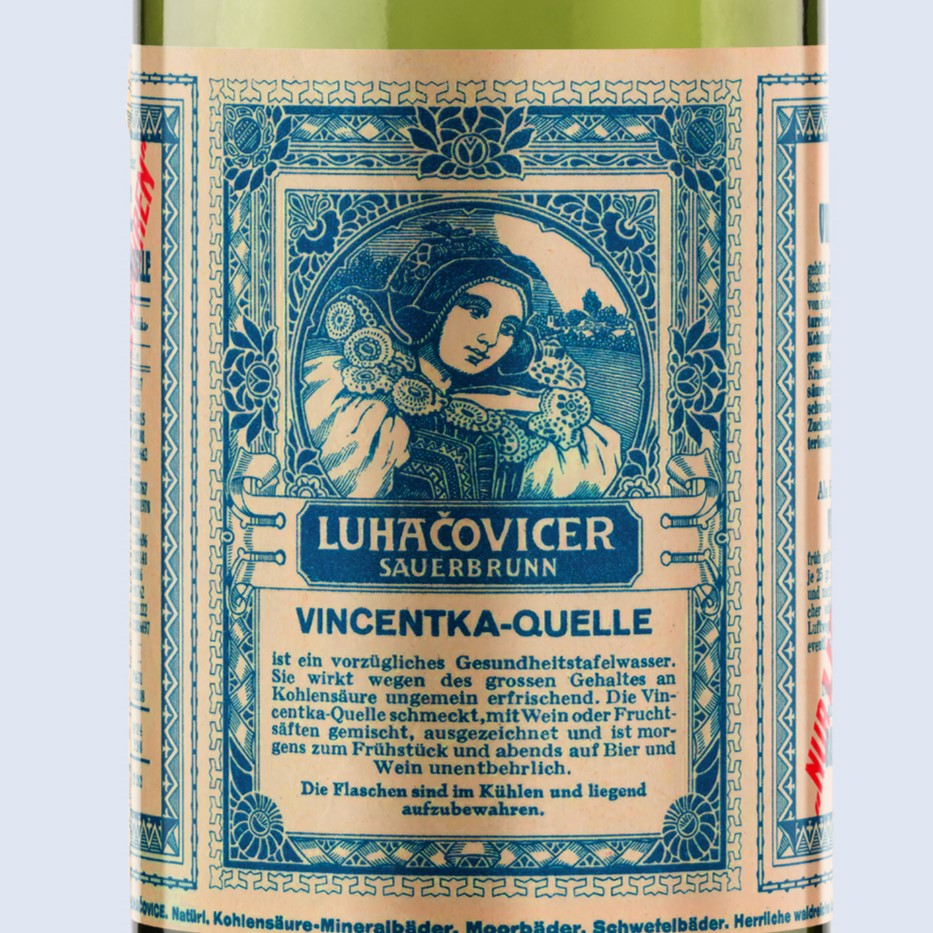
Mineral water bottling
Major Moravian builders, František and Kajetán Vašíčeks, designed new spa buildings since 1820 to order placed by Jan Nepomuk Serényi, including Jan´s House with Vincentka mineral spa and bottling station. The mineral water began to be bottled in 1.5 l glass bottles instead of the former ceramic flasks.
1790 1852
Vincentka bottling station built
A wooden colonnade was built along the path to the Vincentka spring and a new, bigger bottling station with a bottle store was built in the place of the former bottling station. The bottling station was equipped with technology for glass bottle washing and filling.
1820 1949
Deepening of spring wells
The to-date shallow wells (drilled down to circa 8 m depth) were replaced with deep wells (30–50 m deep) for the reason of the source contamination. To bottle Vincentka a new well, BJ 305, 34.8 m deep, called New Vincentka, was drilled. Since 1990 the well was administered by the owner of the mineral spring business called Moravskoslezská zřídla who organised Vincentka bottling.
1977 1993
Privatisation of the Vincentka bottling station
In the first wave of sale of state establishments to private owners the bottling station was acquired by the limited liability company HELIOS Praha s.r.o. as its first private owner. In 1996 the operation of the bottling station was wound up, the technology was removed and the employees were dismissed. Vincentka was off the market for several years.
1988 1998
Reconstruction of the Vincentka bottling station
Major overhaul and reconstruction of the building and the bottling technology with contribution from EU subsidy funds, discontinuation of Vincentka bottling in returnable bottles and transfer to a new shape of disposable bottles. Extension of the portfolio of accompanying Vincentka products.
1998 2022
25 years of modern Vincentka
Celebrations of the 25th anniversary of the reopening of the Vincentka bottling station in 1998. On this occasion, the company introduced a new product design that reflects modern trends while preserving the characteristic features of the Vincentka brand.
2022

